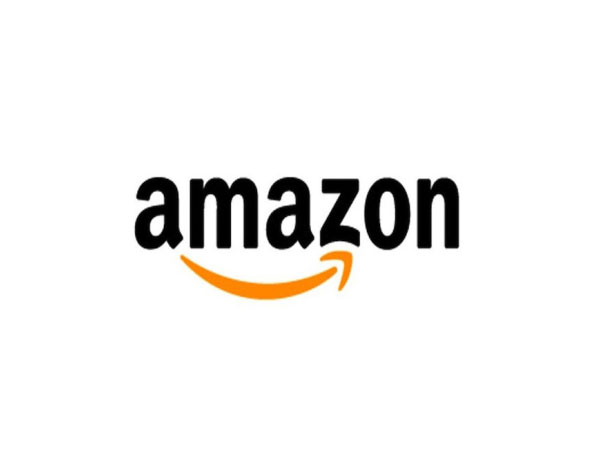Amazon discloses virus count: 19,000, or 1.44%, of U.S. frontline workforce
By contrast, 33,952 would have gotten the virus had Amazon's rate of infection been as bad as that of the general populace, it said. "This information would be more powerful if there were similar data from other major employers to compare it to," Amazon said in a blog post.

- Country:
- United States
Amazon.com Inc on Thursday said more than 19,000 of its U.S. frontline workers contracted the coronavirus this year, or 1.44% of the total, a disclosure long sought by labor advocates that had criticized its pandemic response.
Amazon said the number is far lower than expected, given the infection rate for the general population. The company, which encouraged other companies to report comparable figures, expects it will ramp to testing 50,000 U.S. employees per day for the virus by November. The online retailer's news offered a rare look at the disease's impact on a major U.S. employer, under pressure from elected officials and unions for months to close warehouses with outbreaks. Amazon instead has kept facilities open to meet a surge in demand from shoppers stuck at home, adding temperature checks, social distancing software, and other procedures to keep staff safe.
Out of 1,372,000 front-lone employees for Amazon and its subsidiary Whole Foods Market, 19,816 tested positive for the virus or were presumed to have COVID-19 between March 1 and Sept. 19, the company said. By contrast, 33,952 would have gotten the virus had Amazon's rate of infection been as bad as that of the general populace, it said. "This information would be more powerful if there were similar data from other major employers to compare it to," Amazon said in a blog post. "We hope sharing this data and our learnings will encourage others to follow, and will prove useful as states make decisions about reopening public facilities and employers consider whether and how to bring people back to work."
(This story has not been edited by Devdiscourse staff and is auto-generated from a syndicated feed.)
- READ MORE ON:
- Amazoncom Inc
- Whole Foods Market
- San Francisco










